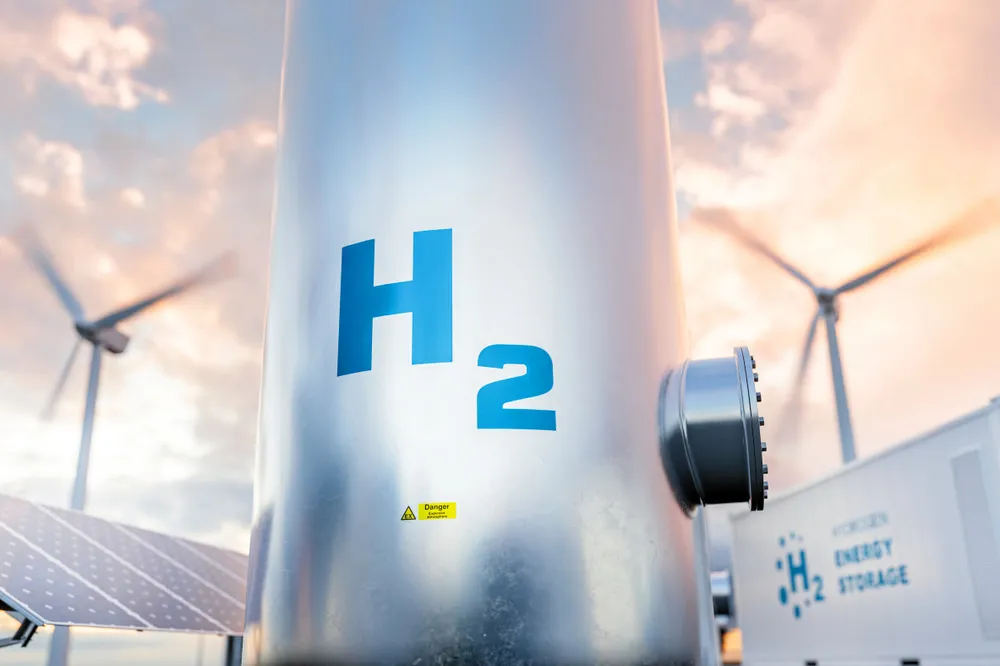Green hydrogen price in Europe unlikely to fall below €5/kg by 2030, putting off potential offtakers: analyst
The previous consensus figure of €3/kg will not be reached due to ongoing economic challenges, but policymakers can still do a lot to reduce costs, says BCG
